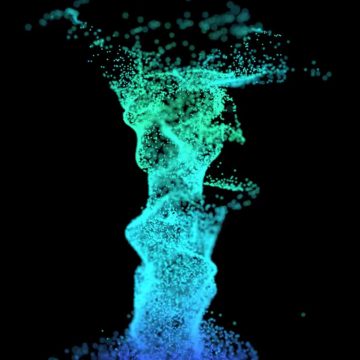Jordana Cepelewicz in Quanta:
 For more than 250 years, mathematicians have been trying to “blow up” some of the most important equations in physics: those that describe how fluids flow. If they succeed, then they will have discovered a scenario in which those equations break down — a vortex that spins infinitely fast, perhaps, or a current that abruptly stops and starts, or a particle that whips past its neighbors infinitely quickly. Beyond that point of blowup — the “singularity” — the equations will no longer have solutions. They will fail to describe even an idealized version of the world we live in, and mathematicians will have reason to wonder just how universally dependable they are as models of fluid behavior.
For more than 250 years, mathematicians have been trying to “blow up” some of the most important equations in physics: those that describe how fluids flow. If they succeed, then they will have discovered a scenario in which those equations break down — a vortex that spins infinitely fast, perhaps, or a current that abruptly stops and starts, or a particle that whips past its neighbors infinitely quickly. Beyond that point of blowup — the “singularity” — the equations will no longer have solutions. They will fail to describe even an idealized version of the world we live in, and mathematicians will have reason to wonder just how universally dependable they are as models of fluid behavior.
But singularities can be as slippery as the fluids they’re meant to describe. To find one, mathematicians often take the equations that govern fluid flow, feed them into a computer, and run digital simulations. They start with a set of initial conditions, then watch until the value of some quantity — velocity, say, or vorticity (a measure of rotation) — begins to grow wildly, seemingly on track to blow up.
Yet computers can’t definitively spot a singularity, for the simple reason that they cannot work with infinite values.
More here.
